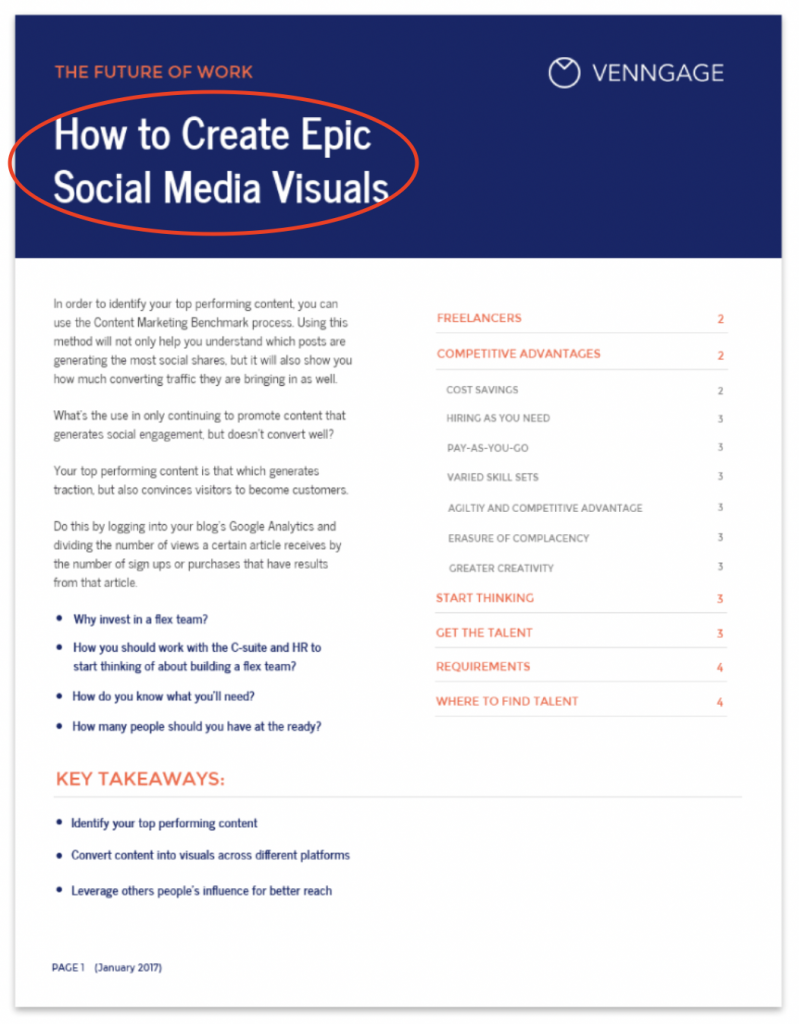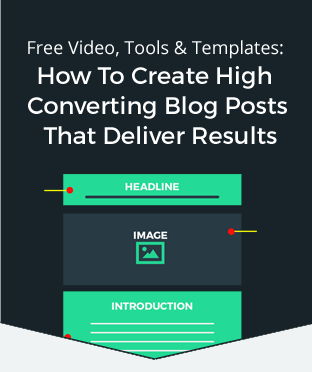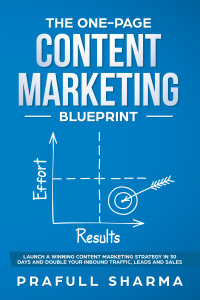5 Essential Elements for an Effective White Paper
Of the many content formats you’ve probably produced for your business, a white paper may be the one that you haven’t attempted. And no wonder—it’s a daunting prospect. Even if you have written a white paper, there’s always room for improvement.
In the history of white papers, have you ever known anyone to express excitement about reading one? Have you ever felt enthusiastic about reading one? Probably not.
That’s because white papers, as informative and comprehensive as they are, also have a reputation for being boring—but they don’t have to be.
White papers seem intimidating, involved, and complex. They’re more difficult to produce than your traditional blog post, require more extensive research, and definitely demand more of your time and resources.
But they’re also effective when done well. According to statistics, 60% of B2B buyers engaged with white papers during the buying process.
A white paper can attract leads and help build your credibility as a brand and authority in your niche. Because it’s a lengthier format, it can help you communicate in more specific detail about exactly how your business can help solve a problem or pain point—if you know how to craft one perfectly.
What Is a White Paper in Content Marketing?
A white paper is written content that content marketers often use for B2B (business-to-business) communications. It’s intended to break down complex subject matter for readers in a clear and detailed way, providing unique insight and perspective, and offering actionable recommendations for specific problems.
What Does a White Paper Typically Look Like?
Like many forms of content, white papers can cover any topic and can be used for any industry. Regardless of what niche it’s being produced and written for, however, it will generally follow a standard format that includes the following:
- Title – The title should be designed to capture the reader’s attention and clearly state the problem or topic that the document will address.

- Abstract – The abstract is the paper’s executive summary, which gives a brief overview of what the entire document is about. It contains enough details to pique the interest of the reader and hook them into the material.
- Introduction – The intro defines the main problem or issue you’re trying to address. It provides the background information and context the reader needs to understand what will be discussed.
- Problem Statement – Here, you are expected to clearly state and identify the problem you are solving from the perspective of your audience.
- Solution – Use this section to explain in detail how your proposed solution can address the problem. Try to make this as objective as possible and provide alternative options—even those from your competitors. You can then segue into why your product, service, or business is the best choice for addressing their pain points and give a detailed description of what makes your offer unique.
- Business Benefits – Provide supporting information on how your solution can directly benefit the audience.
- Conclusion – Summarize all the information you provided while emphasizing your unique selling points.
- Call-to-Action (CTA) – Spell out what you want your reader to do next—do you want them to sign up for a newsletter for more information? Do you want them to book a consultation? Or do you want them to schedule a call? Be clear, brief, and straight to the point.
What Essential Elements Should Be Considered For Writing Effective White papers?
As you write, be sure that you include the following elements:
1. Is Your White Paper Defined by Clear Goals?
Your paper’s goals should connect to the needs of your target audience. As when preparing all materials for content marketing, you need to know who you’re speaking to. Who are they, what do they know, what do they need, what are they trying to learn—what pain points do you need to address?
Be sure you set goals beyond generic objectives like “generate brand awareness” or “get more leads.” You want to create goals that are measurable, tangible, and clear. This will make it easier for you to track if your white paper is delivering ROI.
2. Did You Provide a Clear and Concise Summary?
Your white paper is intended to deliver comprehensive insight into a particular subject. Audiences may expect it to be lengthy and it should contain extensive data, research, and unique insight. However, they won’t have a chance to read all that if you don’t include an engaging, skimmable summary that makes them want to learn more about what you have to say.
Your abstract and conclusion should give your readers a clear idea of what your paper is about. Before they commit to reading the entire paper, they will likely check out these sections to see if it’s worth dedicating their time and effort to read your entire paper.
3. Are Your Resources Reliable, Credible, and Transparent?
White papers are meant to be a source of authoritative data that your readers can trust. If they want to learn more about a particular subject, you want your white paper to be their go-to resource. To demonstrate your credibility, ensure that you are transparent with your data sources and collection.
If your white paper involves a study or a series of experiments, be clear about how you went about collecting data and information. Use accurate formulas and provide insight into how you drew conclusions based on your data. If you cite statistics or any kind of data from external sources, be sure to accurately credit the source and link back to them if possible.
4. Does Your White Paper Have an Appealing Design?
While white papers have a reputation of being text heavy and dense, there’s no reason you can’t employ effective visual strategies to make yours more engaging.

Design ideas for white papers. Image Source
You can easily make content more readable by taking fonts and colors into consideration and adding key visual elements such as photos, graphs, or infographics. Adding visual presentations of your data makes it easier for readers to understand and consume your content. Make sure your content and design team work together to create a white paper that will appeal to your intended audience.
5. Do You Have a Launch Plan?
Always consider how you plan to release your white paper. Do you have a dedicated email list that you can send it to? Do you intend to offer it as gated content? If you plan to use it as a lead magnet you may be able to add more multimedia features to make it more engaging.
Consider these elements whenever you’re drafting a white paper to ensure better engagement and ROI on your efforts. If you want to learn more, reach out to us. Book a consultation to get started with LeadsPanda to find out how we can help you.
For any questions, leave a comment below or check out our LinkedIn or Twitter.
Share This Story
Get the latest growth ideas, strategies, and best practices delivered to your inbox.
Quick read that helps 7000+ subscribers.









